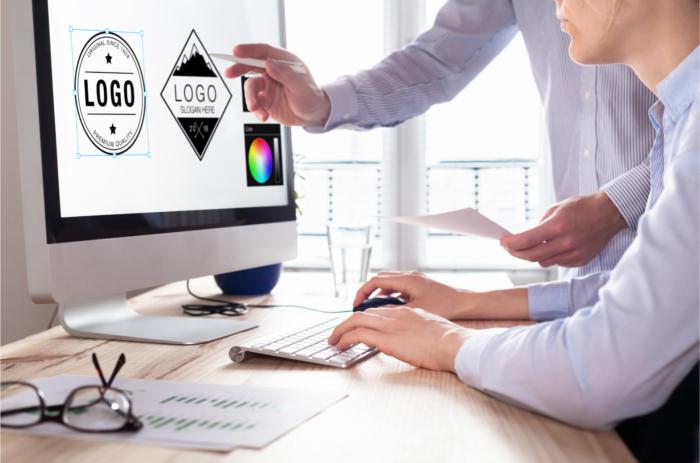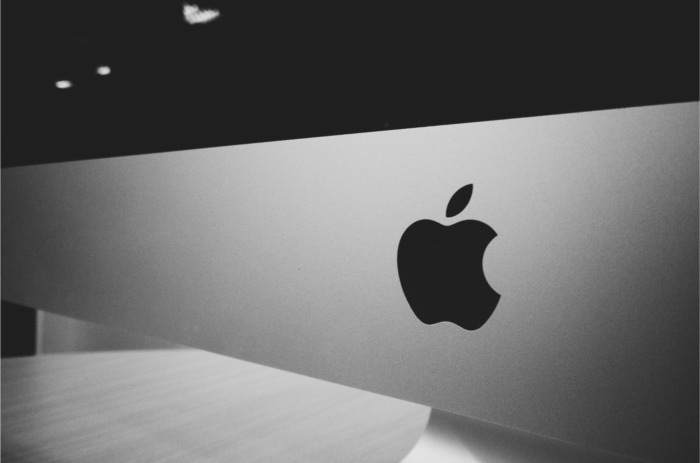Your brand is more than a name associated with your product or service. It develops a clearly defined personality in the mind of your consumers. Even if customers have not bought from you yet, having a brand makes your more saleable as you are more than just your product; you are a brand that consumers can recognise and interact with.

Before you start your brand building process, you need to thoroughly research the needs and issues that are applicable to your business and industry. Once you know the parameters, you can determine the vision. By aligning all your research, you are able to establish who the target consumers are and lay down the essence, promise and personality of your brand. This provides us with an effective launchpad from where to start building the brand.
There are a number of objectives that the primary brand benefit must live up to:
- The benefit must be critically important and relevant to the target audience
- Your company should have distinct, sustainable capabilities that allow you to deliver against the benefit
- Your benefit must be unique in that your competitors are not offering the same promise and will find it hard to do so in the future
- Beyond being unique, the benefit that you choose must be engaging, motivating, comprehensible and believable
Once the essential elements such as the target audience, brand personality and brand promise have been established, this will help to serve as input for the logo. It will also be used later on to guide your communications and other brand identity work.
Does brand building stop when the logo is complete?
No, the brand far exceeds the logo or corporate identity. A brand is a collective customer perception, ranging from their feelings about the logo and visual expression in the marketing to the customer service and ultimately the product. The power of a logo is built up over time as customers interact with the brand and construct a clear idea of its values and principles.
What is your brand’s “look and feel?”
Brand personality is made up of two arms: visual expression and verbal expression. During the brand building exercise, you need to mould your brand and shape it into an entity that exudes the core idea, positioning statement and attributes, both visually and verbally. Think of the typography used in the logo, ads and brochures, along with imagery or photography style as well as the type of language you use.
Why develop a brand personality?
It’s hard not to like a person with a good personality. The same goes for a brand. Brands that carry beliefs and experiences that are favoured by the target audience tend to excel. In terms of branding, a personality assigns human characteristics to a product or service so that a prospective customer can relate to it more easily. An alluring brand personality can sell your product or service before the purchase is even made. It can also reinforce the purchase decision and build an emotional link that will tie the buyer to the brand for a long time to come. When it comes down to the final choice between two brands, a brand’s personality is often the deciding factor for the consumer.
Your Brand Guidelines
This is your organisation’s ultimate companion that sets out clear guidelines for anyone working on your brand. Whether they’re in your local head office or on the other side of the world, the people working on your brand will have a clear and concise guideline as to the implementation of your brand. This means that wherever your brand travels it will be consistent. Ultimately, brand recognition is a key factor in securing a sale and you will only get this from branding consistently.
1: Visual Identity Guidelines (VIG)
The VIG is a foundation document that you can develop specifically for your brand. This will hold all the necessary details regarding how your communication and branding will be based for the lifespan of your brand.
a) The logo and correct/incorrect usage
b) Colour palette
c) Typography and fonts (Primary and secondary)
d) Corporate and Account Stationery
The VIG is the first and one of the most important investments you’ll ever make with regards to your brand. As an official guide, it will keep your brand on course and steer it towards success. Brand building is a long-term exercise and your VIG will be there at every step of the way. The VIGs of brands like Apple and Mercedes have served these companies for decades and will do so as long as the brands remain. This means that in terms of value for money, the VIG can be one of your most profitable investments.
2: Brand Guidelines
In the Brand Guidelines, your Visual Identity is extended to various support materials. Here you’ll find the entire collection of advertising templates, outdoor ad templates, brochure templates, photography styles, vehicle livery, promotional items and more. While your Visual Identity Guideline will serve as the backbone of your brand and stay mostly unchanged for the lifespan of your company, the Brand Guideline can be refreshed every 5 to 10 years to reflect contemporary styles and stay relevant.
If you’d like to see how Aexus could help you build your brand, get in touch. We’re always happy to jump on a call.



